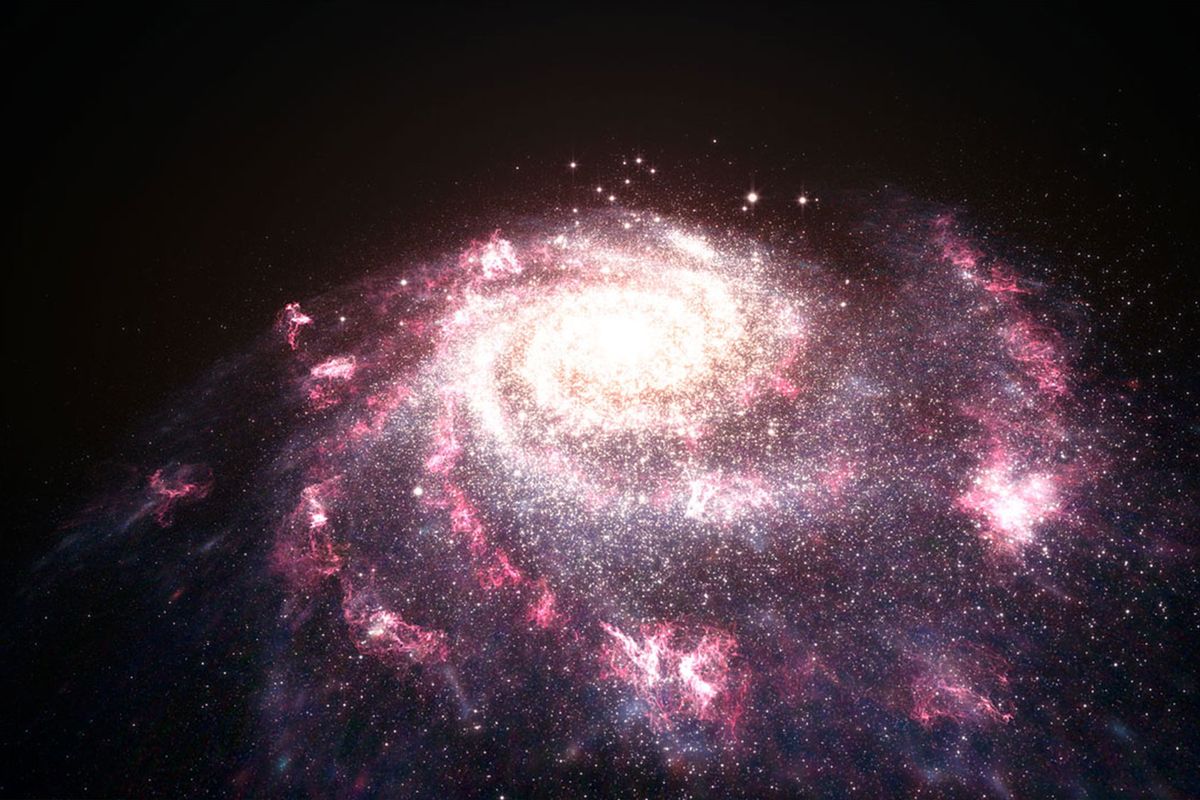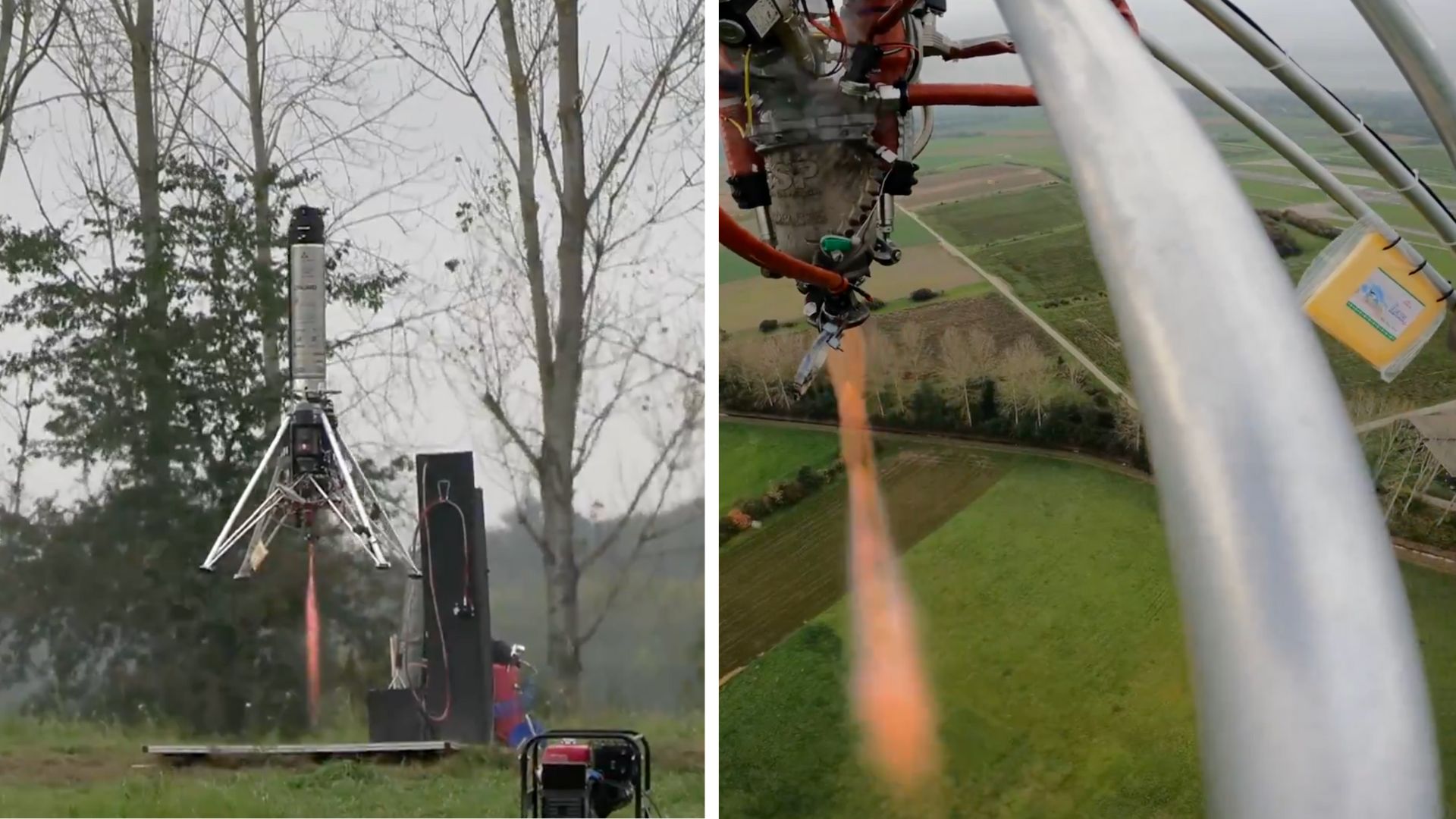Astronomers were puzzled by the images of the universe’s earliest galaxies captured by the James Webb Space Telescope (JWST). However, recent scientific findings have shed light on certain features of these galaxies that were previously considered impossible.
Last year, the JWST discovered that the earliest galaxies in the universe appeared to be too massive to have formed immediately after the Big Bang. This posed a major problem because their brightness indicated that they were too large to be the earliest mega-clusters of stars. The rapid rate of their growth even raised doubts about the standard model of cosmology. However, a team of astrophysicists led by Northwestern University has now explained this apparent contradiction.
According to a study published in The Astrophysical Journal Letters, the brightness of these early galaxies can be attributed to irregular bursts of star formation within them. These bursts emit intense bursts of light, making the galaxies appear brighter than their size would suggest. “The brightness of a galaxy is more closely related to the number of stars it has formed in the last few million years than its overall mass,” explained Claude-André Faucher-Giguère, the senior author of the study from Northwestern University.














